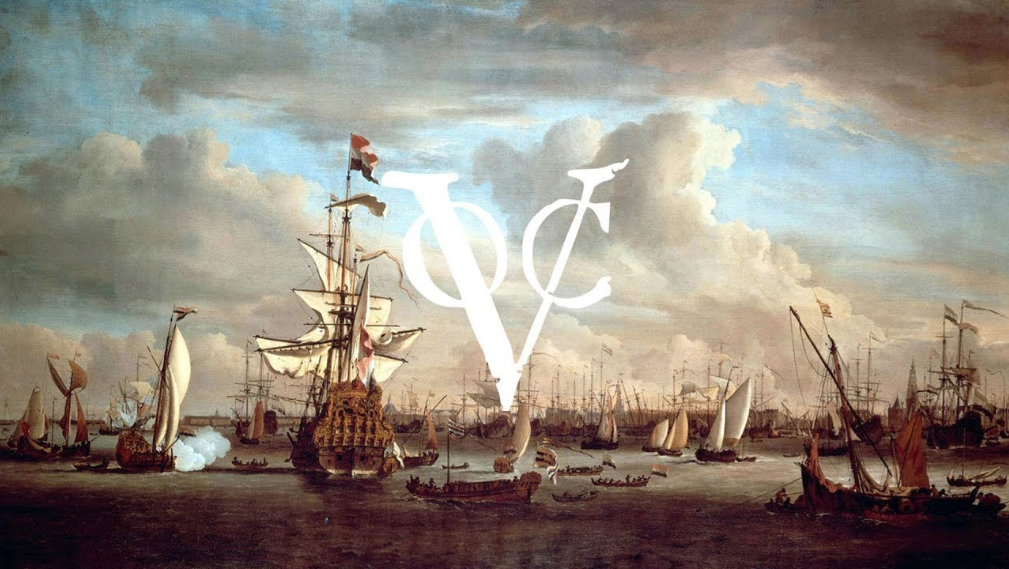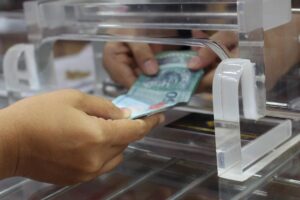I always keep saying, we don’t read enough of our history, but then again, we only have so much time. When one hears about the East India Company, we automatically equate the same to the British and their rule over when is modern day India, Pakistan and Bangladesh.
Truth be told, I had perhaps heard about the Dutch East India Company, but other than this vague name, I did not know much.
Founded through a government-directed merger, the Dutch East India Company was an iconic megacorporation that was composed of many Dutch companies. Founded on the 20th of March, 1602, the rival Dutch companies were united into a chartered company with the aim of establishing better trade relationships with India and other Indianized countries in Southeast Asia.
This was perhaps the world’s first “megacorporation” It truly defines (even by today’s standards, what it had achieved).
The megacorporation was given more than two decades of monopoly of spice trade by the Dutch government. The commercial organizations that were amalgamated into Dutch East India Company were majorly from Zeeland and Holland cities.
Known in Dutch as Vereenigde Oostindische Compagnie or VOC, the Dutch East India Company became the very first public company to give negotiable shares. Just a side note, even though we still refer to the megacorporation as the Dutch East India Company its actual name was United East India Company.
The establishment of the company was intended to promote trade, facilitate exploration and aid in colonization. In the 17th century, the Dutch Government was keen not only on strengthening its economy, but in solidifying its influence of the region as well. At a time when spice trade was an exceptionally lucrative venture, monopolizing its intercontinental trade would be a great step towards seizing influence of this region and strengthening the economy. Sensing this, the Dutch government established the Dutch East India Company – VOC as its colonial agency.
Control of Indian Ocean trade was critical to the Dutch Government’s call for independence from Spain. By establishing VOC therefore, they were also focusing on protecting the nation’s trade and power in the Indian Ocean. During the time the VOC was established, companies were typically created for as long as a single voyage would last. The fleet’s return would then trigger liquidation of the company. The profitability prospects of these expeditions were influenced by several factors such as piracy, disease outbreaks and the fluctuation in spice prices, making it a very high-risk trade. Creating a cartel that would control the supply of spices was the only way to ensure profitability. The Dutch Government did just that.
To counter the formation of the English East India Company that was threatening to ruin them, the Dutch created their own company: United East Indies Company. They proceeded to give the company monopoly of trade in Asia. Its monopoly stretched from the waters of Cape of Good Hope at Africa’s southern tip to the waters of Straights of Magellan right between Pacific and Atlantic Oceans. To further strengthen the company, it was provided with heavy financial backing and given other powers such as a legal power to engage other nations in war and create its own settlements overseas. The company also had the liberty to practice its jurisprudence. Dutch East India Company grew into a very powerful company whose influence and activities were unrivaled throughout most of its existence.
The major competition that the Dutch East India Company faced was the Dutch and the British companies that ran similar trade activities. Although these companies were formed before VOC, and were actually the reasons behind its formation, it outgrew them in power and influence. Throughout the 16th century, European spice trade was largely controlled by Portuguese Empire. The empire used Lisbon as its base of dispersing products to the rest of the continent. To cut off trade between the other parts of Europe and Low Countries, the fleets of the empire sailed round Dutch Republic. This created an embargo on the Dutch that threatened to ruin their economy. Commissioning their own trade fleets was their only way out of this mess. They launched their expedition that successfully returned, encouraging them to send out more fleets.
The other competition that the Dutch East India Company faced was the English East India Company. The British had created a monopoly enterprise with the purpose of controlling supply of spices in the region. This as a result reduced the risk of losing investment due to disease outbreaks, piracy and other problems that were common at the time. Their Dutch competitors were threatened by the power of the cartel. The Dutch were thus left with no choice but creating their own monopoly company.
After the establishment of VOC, either two or three fleets were dispatched to Asia from the Dutch Republic. The need to sail extra produce and more people led to the creation of larger ships. A sail to the East Indies lasted approximately 8 months, acceptable speeds at the time. The Dutch East India Companies would set their trading posts along the route. They used these posts to get provisions and produce for their next stop.
The success of VOC was remarkable and it soon grew into a powerful and highly profitable company. The company was allowed by the Dutch Republic government to build forts and footholds throughout the continent. Conflicts with their competitors, the Portuguese was also rising quite fast. They however surpassed them and overrun Jakarta, making Batavia their headquarters. The outpost was instrumental to their control of the Pacific trade. They also seized influence of nearby trade routes. After the capture of Jakarta, the Dutch turned it into their base of operation for the conquest of Java. The victory was a devastating encounter that resulted in the destruction of property and hundreds of deaths.
The Dutch East India Company was successful for various reasons, one of them being their position with Japan. For more than 2 centuries, Dutch Republic was the only European nation that was allowed trade access to Japan. The other Europeans were barred from trading in Japan. This gave the Dutch an edge over other European traders, as they had no competition for the Japanese markets.
For more than 50 years after its formation, Dutch East India Company used an economic policy of aggressiveness as a way of sabotaging its rivals. They created a system that enabled them trade in precious metals at considerably low prices.
The downfall of the company was propagated by its conflict with the British. The two sides got into wars in which both sides had major casualties. From 1780 to 1784, they had a conflict with the British, which resulted in more than half their fleets being destroyed. By 1799, the numbers hadn’t been recovered, leading to its total disbandment and the VOC went into bankruptcy.
—
This page was last updated on September 1, 2022.
–




